This is my summary of “Tourism Black and Blues” by Ana Paula da Silva, a PhD in anthropology who currently teaches at the University of São Paulo as a post-doctoral fellow. She is also a gringo watcher and wife of commenter Thaddeus Blanchette:
English-speaking media is so strong in the world that how Black American tourists see Brazil affects how Black Brazil sees itself. Black Brazil sees itself partly through black gringo eyes.
Tour operators in America use two things to draw blacks to see Brazil: the beautiful and supposedly easy women of Rio and the African roots of the black city of Salvador in the north-east.
The women: Black American men tend to see Brazilian women as more natural, easy-going, sexy and less overweight than their own women back home. Which is strange: Brazilian women, in fact, use more cosmetic surgery and are more uptight about sex – and many are overweight. Brazilian men would also be surprised to learn that Brazilian women do not stand up to them.
African roots: Surely the heritage tourists who come to see Brazil’s black culture first-hand are more serious. Well, no:
- Few bother to learn its history or read its great writers.
- They tend to see Black Brazil as somehow part of their own history even though it never was – it is a completely separate branch of the African Diaspora.
- They apply their own ideas of what is truly “African” to Brazil. That determines what they see and know, like capoeira, but not, say, black symbolist poets like Cruz e Souza.
All this gives them a rather odd picture of Brazil.
If Black America were viewed the same way there would be no Richard Wright or Malcolm X – because who needs to know the history and the literature? Jazz would be dismissed because it has no “African” beat. Black Baptist churches would be seen as sell-outs for not worshipping African gods. The Gullah of the Carolina Sea Islands would be the “true” Black America because its culture is more purely African.
Black Americans, by overvaluing what is “African” in Brazilian culture, undervalue what is Brazilian, what is special, what is new and now. As if Brazil was stuck in 1600.
You could argue that tourists do this all over the world: what tourist ever sees the “true” Japan or the “true” Greece? Well, yes. But the trouble comes when Black Americans go back home and help to shape America’s idea of what Brazil is like, particularly of Black Brazil. That in turn gets pumped out to the whole world and so comes all the way back to Brazil itself and its blacks.
Blacks may not be particularly powerful within America itself, but because they live in the land of the world’s biggest media machine, their ideas about blackness get carried all over the world, shaping how blacks everywhere see themselves.
For the blacks of Brazil this means that the richness of their history and culture has to fight against whatever Black Americans see as more “truly black”.
Three icons of the Black Brazil tourists know little about: Cruz e Souza, Abdias do Nascimento and Milton Santos.
See also:
- O Mangue:Tourism Black and Blues – read the whole article
- Brazil
- Afro-Latinos – two-thirds live in Brazil
- stereotype
- the single story
- my thing for Brazil
- white gaze






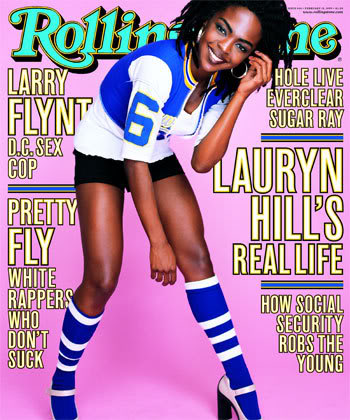



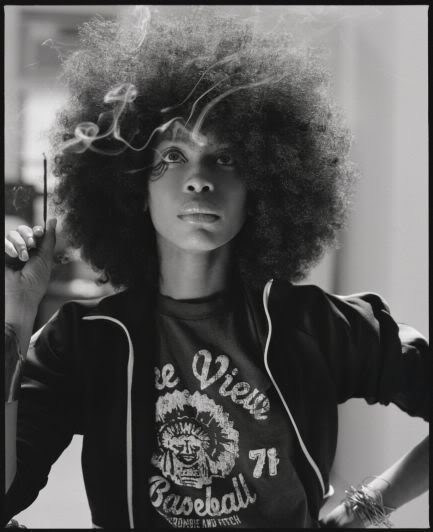
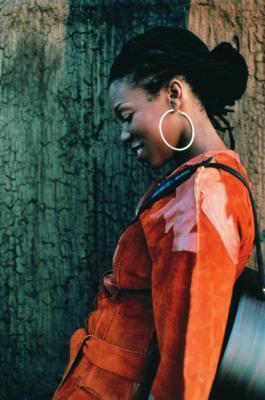
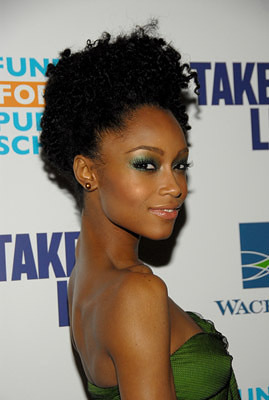
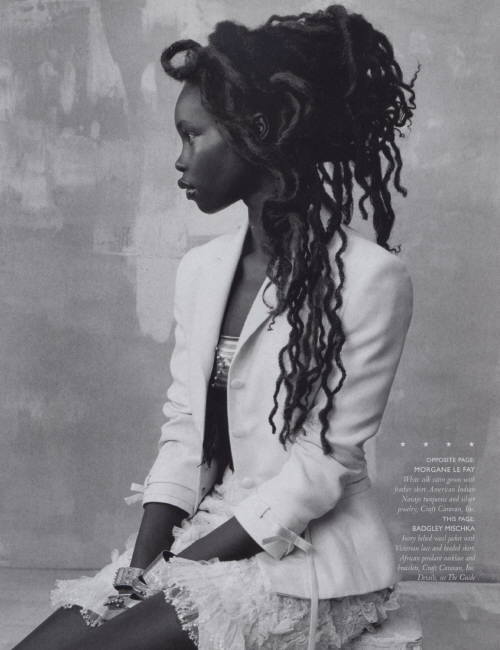
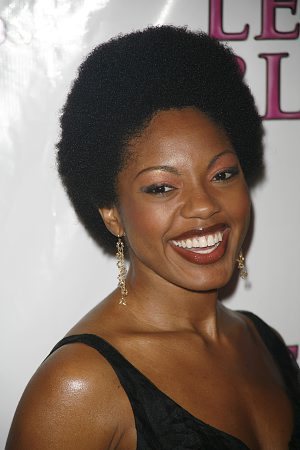
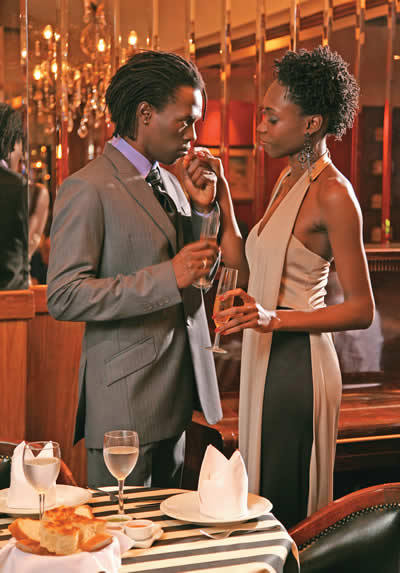
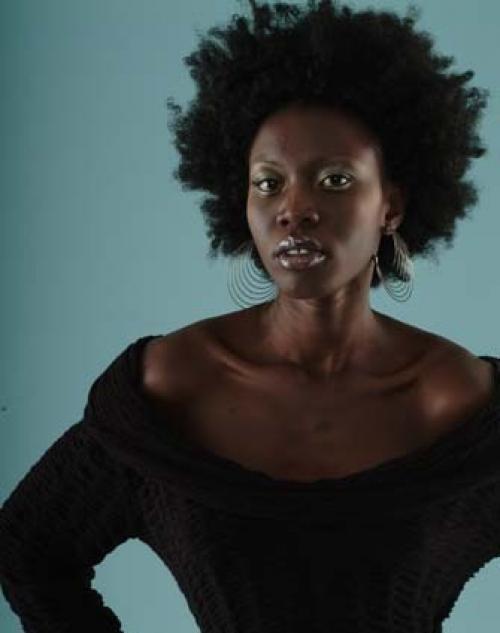
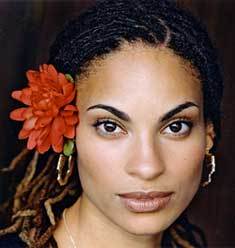

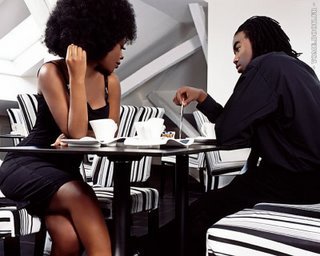

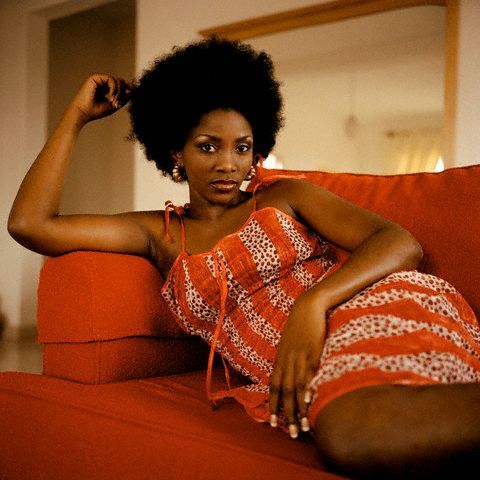

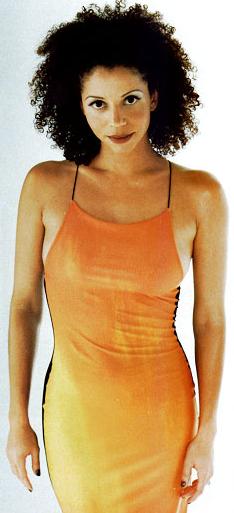
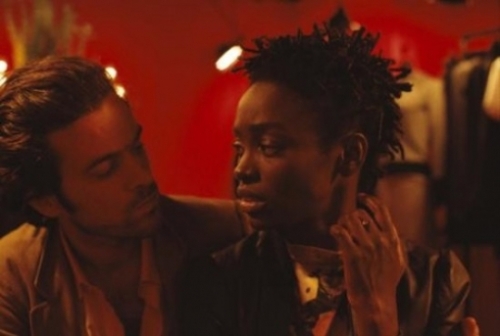

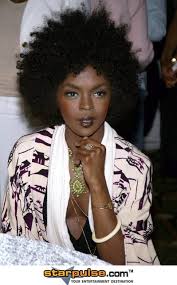
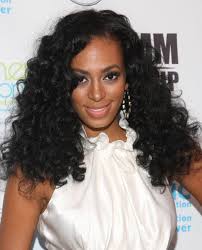


 “Black Orpheus” (1959), also known as “Orfeu Negro”, is a French-made, Portuguese-language film that tells the old Greek love story of Orpheus and Eurydice but set in black Rio at the time of the Carnival. While it does present blacks as childlike, you do get to see Carnival and hear music by bossa nova great Tom Jobim.
“Black Orpheus” (1959), also known as “Orfeu Negro”, is a French-made, Portuguese-language film that tells the old Greek love story of Orpheus and Eurydice but set in black Rio at the time of the Carnival. While it does present blacks as childlike, you do get to see Carnival and hear music by bossa nova great Tom Jobim.




























 She was discovered at age 13 while she was shopping in Salvador. She won Ford’s modelling contest for Brazil and in 1996 came in second worldwide. At age 16 she moved to New York and signed up with Elite, a modelling agency.
She was discovered at age 13 while she was shopping in Salvador. She won Ford’s modelling contest for Brazil and in 1996 came in second worldwide. At age 16 she moved to New York and signed up with Elite, a modelling agency.



























